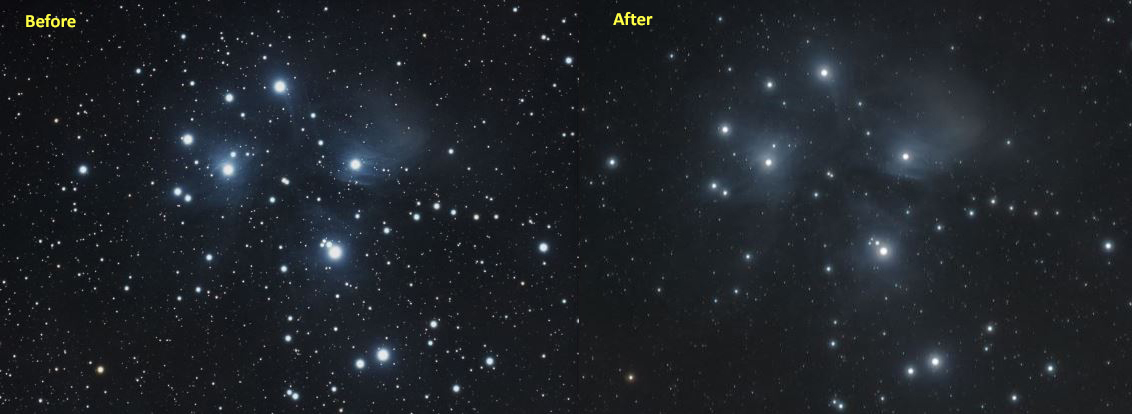I was recently contacted by Ken Mitchell the creator/owner of PhotoKemi Star Tools. Ken graciously offered me the chance to obtain a copy of his PhotoKemi Star Tools as well as the PhotoKemi Star Tools Extras package in exchange for a blog post with my assessment. I gladly jumped at the chance. What follows are my results, before and after images, and thoughts on using PhotoKemi Star Tools on several of my astro images.
So what is PhotoKemi Star Tools anyway? It’s a collection or set of actions designed for use in Abode Photoshop specifically for editing/enhancing astrophotography images. Tasks that are typically generated manually using several simple steps to multiple steps with different tools and/or complicated iterations in Photoshop are condensed into Actions and run at the click of a button. That’s the power of PhotoKemi Star Tools.
In Photoshop they are referred to as “actions” but to me I think a more accurate name for them should be “auto tasks.” Please don’t misunderstand, I’m not saying that manually working your image in Photoshop is a “thing of the past.” Not at all, but having these auto tasks or actions at your finger tips will lighten the load and speed things up to be sure.
Beginners and experienced astrophotographers will find the PhotoKemi Star Tools action set easy to run, time saving and versatile to use when processing their images. I know I sure did. But there is another and perhaps most important aspect PhotoKemi Star Tools affords the beginner – reducing the post processing learning curve! Let’s face it from start to finish producing a great astro image is a huge undertaking for the newbie and any benefit or edge obtained in that long and diverse sequence of tasks is welcome and appreciated. Especially when it works and works well.






